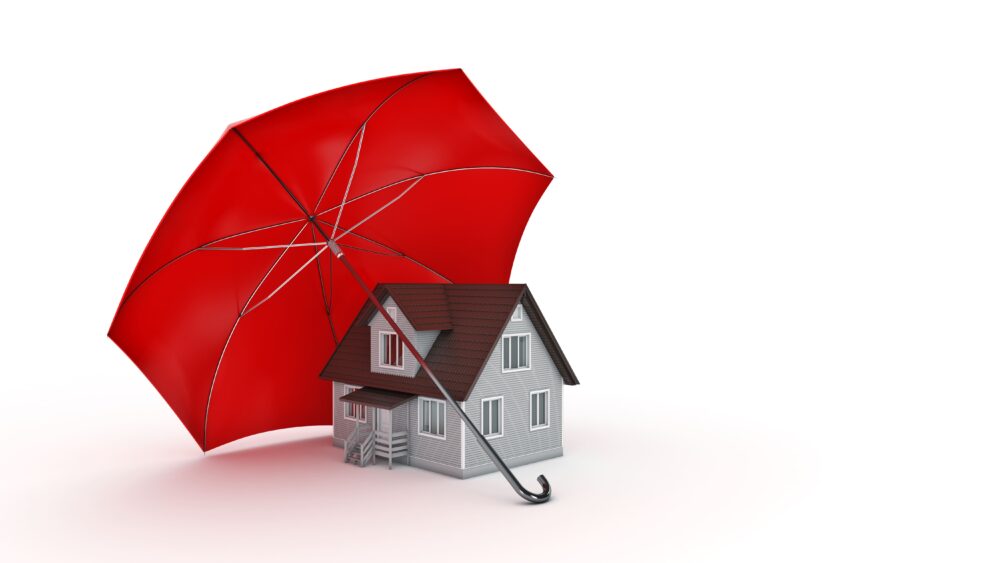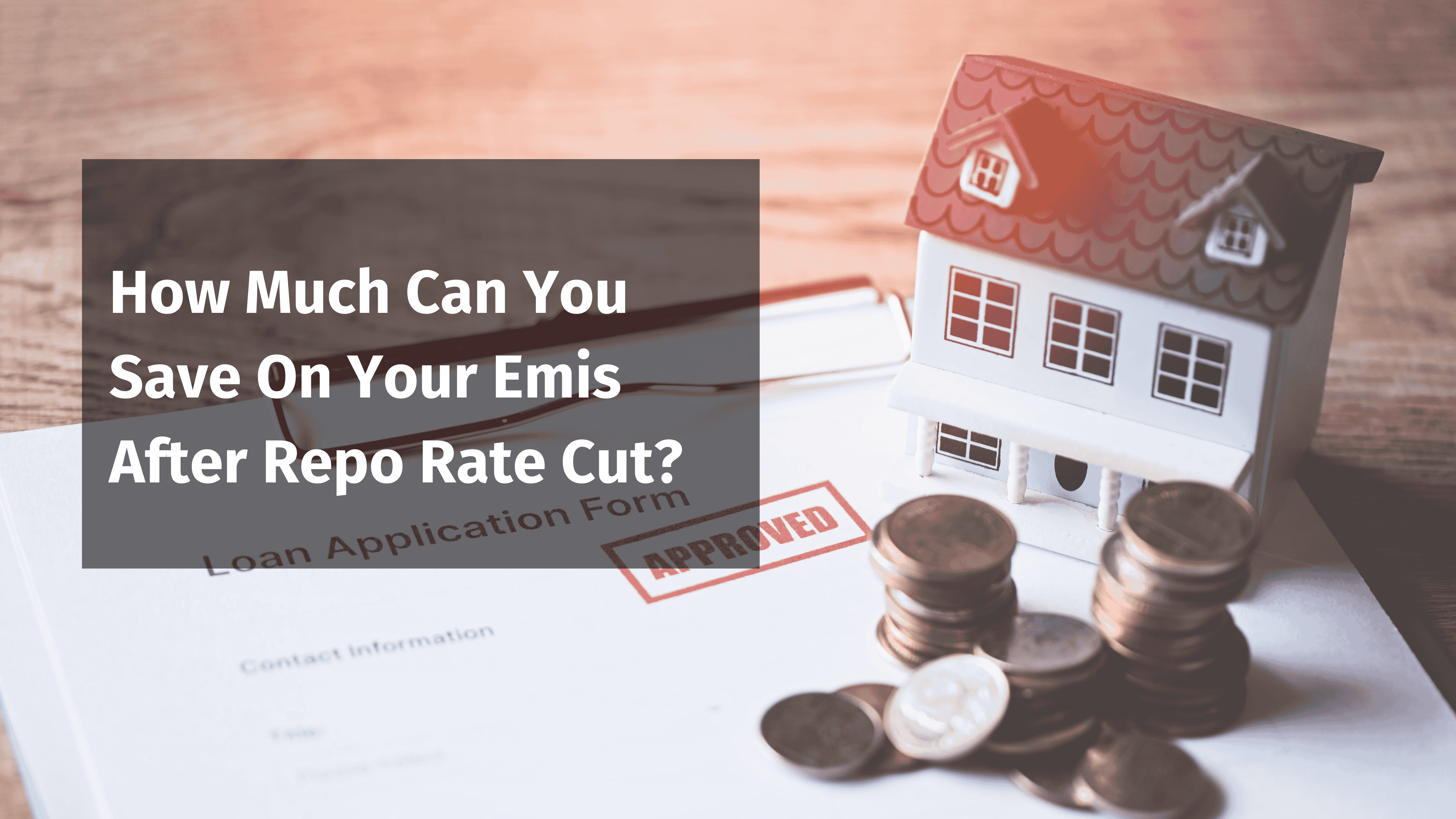Acquiring a home is an achievement that brings happiness, stability, and a sense of pride. However, with homeownership comes the responsibility of minimizing liability risks. Understanding and taking proactive measures to mitigate these risks is crucial for homeowners. This blog post will explore liability considerations for homeowners, examine common risks, and provide practical strategies and real-life examples to help minimize these risks and safeguard your home.
Identifying Potential Liability Risks
Slips and Falls:
Homeowners may be held accountable if someone sustains injuries due to a slip and fall accident on their property. These incidents can occur on slippery walkways, uneven surfaces, or poorly maintained areas.
Example : Sara invited friends over for a gathering at her house. One of her guests slipped on a wet patio due to insufficient lighting, resulting in injuries. Sara was subsequently held responsible for the guest’s medical expenses and potential legal claims.
Dog-related Incidents:
Owning a dog poses a potential liability risk if it bites or injures someone, even unintentionally. Homeowners can be held liable for medical expenses, pain and suffering, and legal actions arising from such incidents.
Example : Mohan’s friendly dog, Max, unexpectedly bit a neighbor who entered their property. The neighbor required medical attention, and Mohan was held responsible for the resulting expenses and potential legal consequences.
Property Damage:
Homeowners can be held responsible for property damage caused by their negligence, such as falling trees, water leaks, or malfunctioning appliances. This includes damage to neighboring properties or public infrastructure.
Example : During a storm, a tree in Neha’s yard fell onto his neighbor’s car, causing significant damage. It was discovered that Neha had neglected to maintain the tree, leading to its weakened state. Consequently, Neha was liable for the repairs to the neighbor’s car.
Strategies for Minimizing Liability Risks
Home Maintenance:
Regularly inspect and maintain your property to identify potential hazards or maintenance issues. Keep walkways clear, address plumbing or electrical problems promptly, repair uneven surfaces, and ensure adequate lighting to minimize accident risks.
Example : Aditi schedules routine inspections of her home and promptly addresses necessary repairs. By proactively handling issues such as loose handrails and slippery surfaces, she minimizes the risk of accidents and potential liabilities.
Pet Safety Measures:
If you own a dog or any other pet, take measures to ensure their safety and prevent incidents. Train your pets, securely confine them within your property, and comply with local regulations regarding leash laws and pet ownership.
Example : Rohan installed a secure fence around his property to prevent his dog from wandering off and potentially causing harm to others. He also enrolled his dog in obedience training classes to minimize the risk of aggressive behavior.
Adequate Insurance Coverage:
Obtain appropriate homeowners’ insurance that includes liability coverage. Regularly review your policy to ensure it offers sufficient protection and consider additional coverage if necessary.
Example : Manju, a homeowner, regularly reviews her insurance policy to ensure it covers potential liability risks. Recently, she added an umbrella insurance policy to provide additional liability coverage beyond her homeowners’ insurance limits, offering her greater peace of mind.
Maintain Open Communication:
Communicate openly with guests, contractors, and other individuals visiting your property about potential hazards or risks. Display warning signs, provide clear instructions, and promptly address any concerns.
Example : Akhil, a homeowner, always informs guests about any ongoing construction or potential hazards on his property. He ensures warning signs are prominently displayed, reducing the risk of accidents and potential liabilities.
Conclusion
Minimizing liability risks is essential for homeowners to protect their homes, finances, and overall well-being. By identifying potential liabilities, implementing preventive measures, and maintaining adequate insurance coverage, homeowners can significantly reduce the risk of accidents, injuries, and legal actions.
Real-life examples highlight the importance of taking proactive steps to minimize liability risks.
Remember, seeking professional advice from insurance agents or legal experts can provide tailored guidance based on your specific circumstances. Safeguard your home and enjoy the peace of mind that comes with effectively managing liability risks.
Disclaimer : This blog post provides general information and does not substitute certified financial advice. It is important to consult with a personal financial advisor or certified financial planners for personalized guidance based on your specific circumstances.








